Countries come and go, and the world map is constantly evolving.
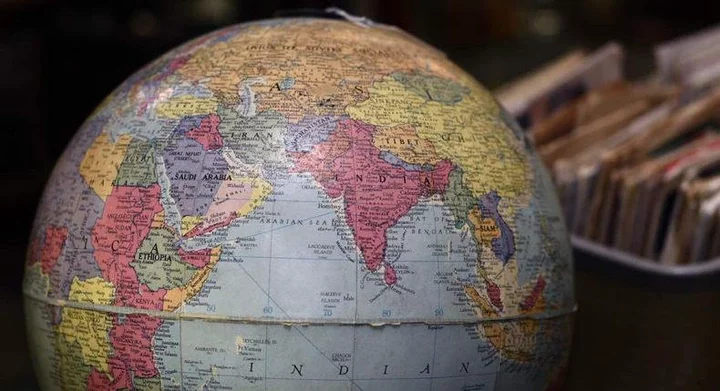
Throughout history, many nations have risen to prominence only to disappear due to wars, treaties, or other geopolitical changes.
While some countries change names or merge with others, some completely disappear, leaving behind intriguing stories. From empires that spanned continents to small kingdoms that struggled for independence, these nations have shaped the world in ways we often overlook.
But why did these countries cease to exist?
Here are ten countries that you probably never knew existed, along with reasons why they don't exist anymore.
Gran Colombia was a vast state in northern South America, created after the region gained independence from Spain.
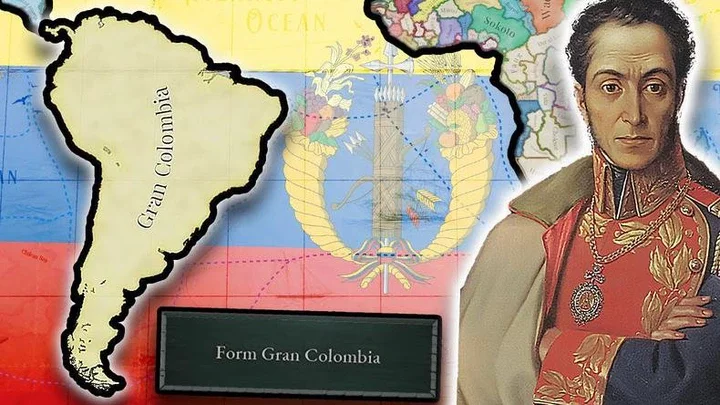
It included modern-day Colombia, Venezuela, Ecuador, Panama, and parts of Peru and Brazil. The country was envisioned by Simón Bolívar, who wanted to create a unified, powerful state. However, internal conflicts and regional rivalries led to its dissolution in 1830, resulting in the formation of several independent nations.
The German Democratic Republic (GDR), or East Germany, was established after World War II, when Germany was divided into East and West. Controlled by the Soviet Union, East Germany became a socialist state. The Berlin Wall, which divided East and West Berlin, became a symbol of the Cold War. The GDR faced economic struggles and political repression, leading to mass emigration. The fall of the Berlin Wall in 1989 paved the way for German reunification, and by 1990, East Germany ceased to exist.
Czechoslovakia was formed in 1918 from territories of the Austro-Hungarian Empire.
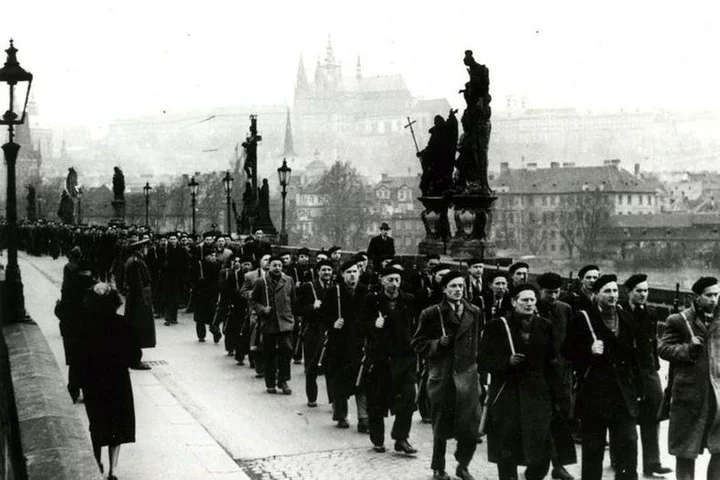
It was a central European nation that included the Czech and Slovak ethnic groups. Despite internal ethnic tensions and political upheavals, Czechoslovakia remained intact until the Velvet Divorce in 1993, when it peacefully split into the Czech Republic and Slovakia.
Rhodesia was an unrecognized state in southern Africa, corresponding to modern Zimbabwe. It declared independence from Britain in 1965 but faced international isolation and conflict with nationalist forces. In 1979, after years of guerrilla warfare and diplomatic pressure, Rhodesia transitioned to black-majority rule and was recognised as Zimbabwe in 1980.
The Austro-Hungarian Empire was a major European power that included modern-day Austria, Hungary, the Czech Republic, Slovakia, and parts of Italy, Poland, Romania, and the Balkans.
It was a dual monarchy with significant ethnic diversity. The empire collapsed at the end of World War I, leading to the formation of several independent countries.
New Granada was a South American country that emerged from the breakup of Gran Colombia. It included present-day Colombia and Panama. In 1858, it became known as the Grenadine Confederation, then the United States of Colombia in 1863, and finally, the Republic of Colombia in 1886. This sequence of name changes reflects the region's political evolution.
The Confederate States of America consisted of 11 southern U.S. states that seceded from the Union over issues including states' rights and slavery. Led by Jefferson Davis, the Confederacy fought against the Union in the Civil War. The Confederacy was defeated in 1865, leading to the abolition of slavery and the reintegration of the southern states into the United States.
The Ottoman Empire was one of the longest-lasting empires in history, spanning parts of Europe, Asia, and Africa.
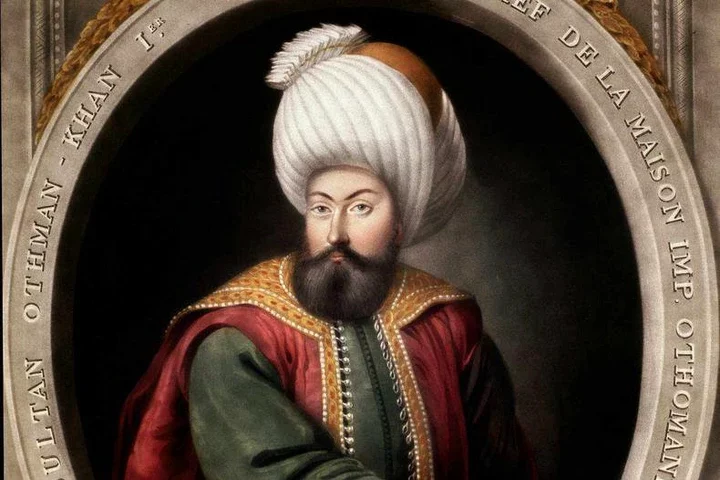
It began in 1300 and lasted until the early 20th century. After World War I, the empire was dismantled, and the Republic of Turkey was established in 1923. The fall of the Ottoman Empire significantly reshaped the Middle East and southeastern Europe.
The Kingdom of Hawaii was a unified monarchy established by King Kamehameha I after uniting the Hawaiian Islands. It was an independent nation until 1898, when it was annexed by the United States following a coup led by American businessmen and plantation owners. Despite the annexation, many native Hawaiians continue to seek recognition of their sovereignty.
The Tuvan People's Republic was a partially recognised state in what is now part of Russia.

It was established with Soviet support after the fall of the Qing Dynasty. In 1944, it was annexed by the Soviet Union, becoming the Tuvan Autonomous Soviet Socialist Republic within Russia. This annexation marked the end of Tuva as an independent entity.



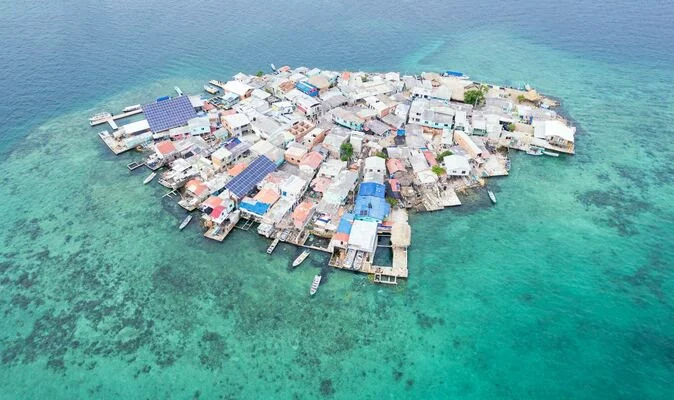




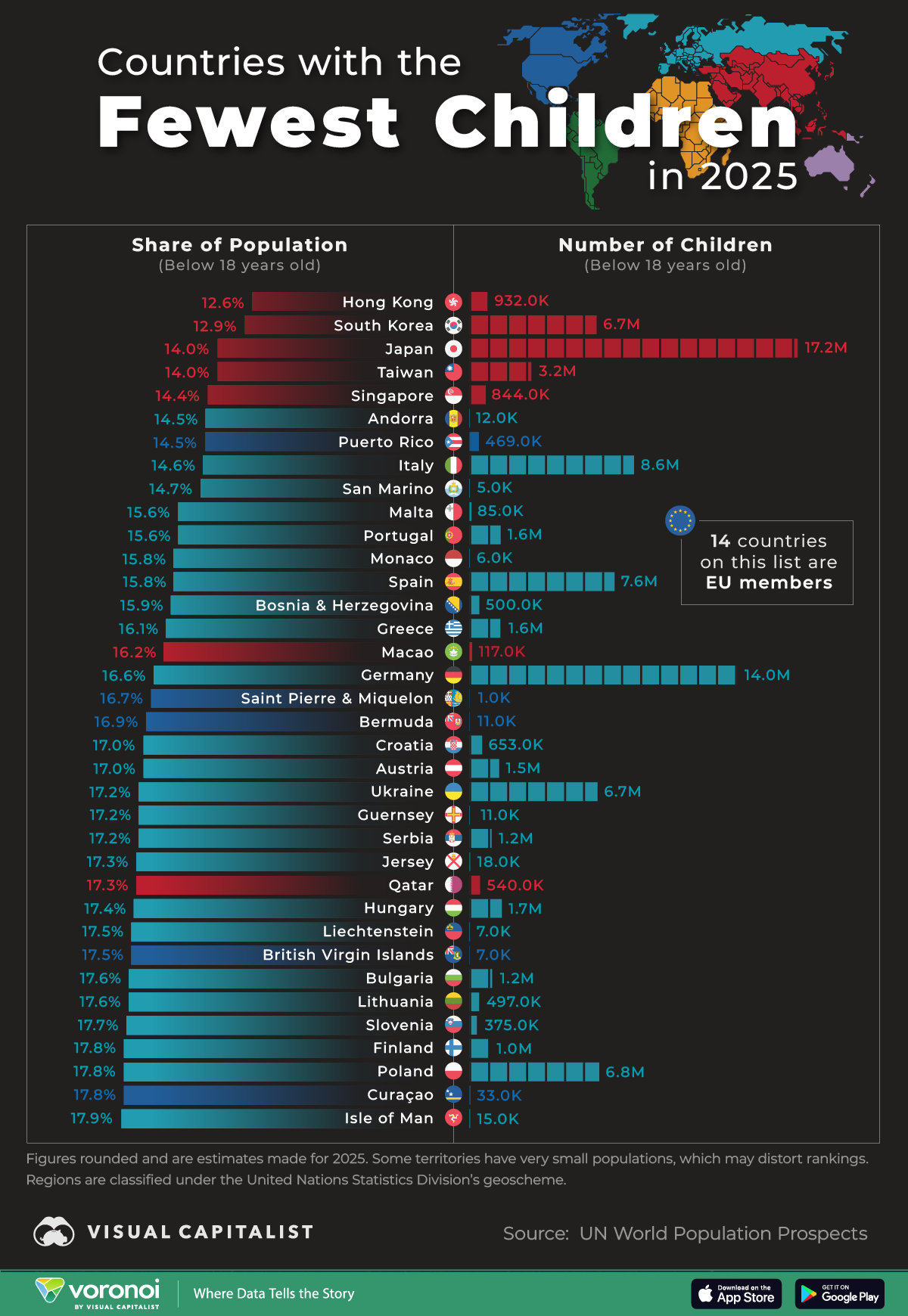








Comments